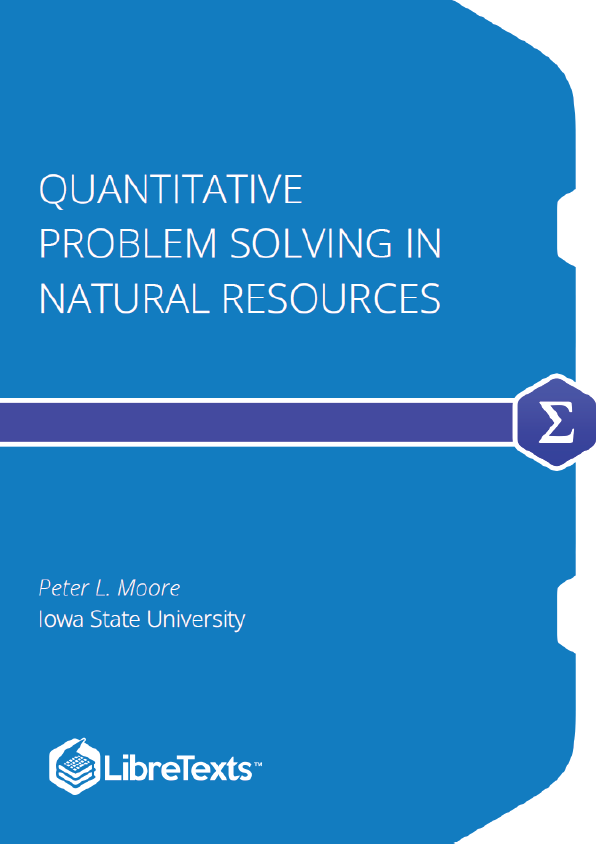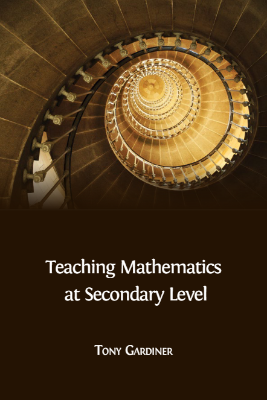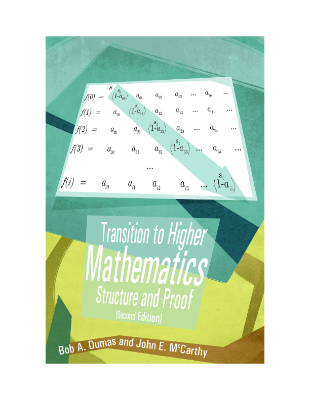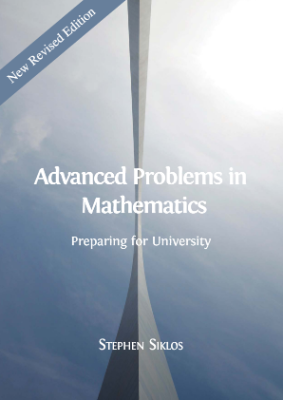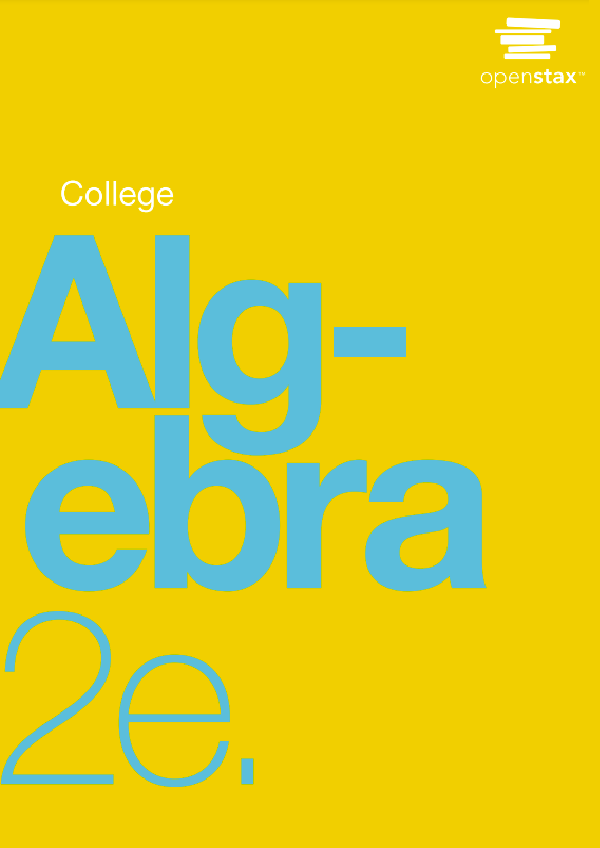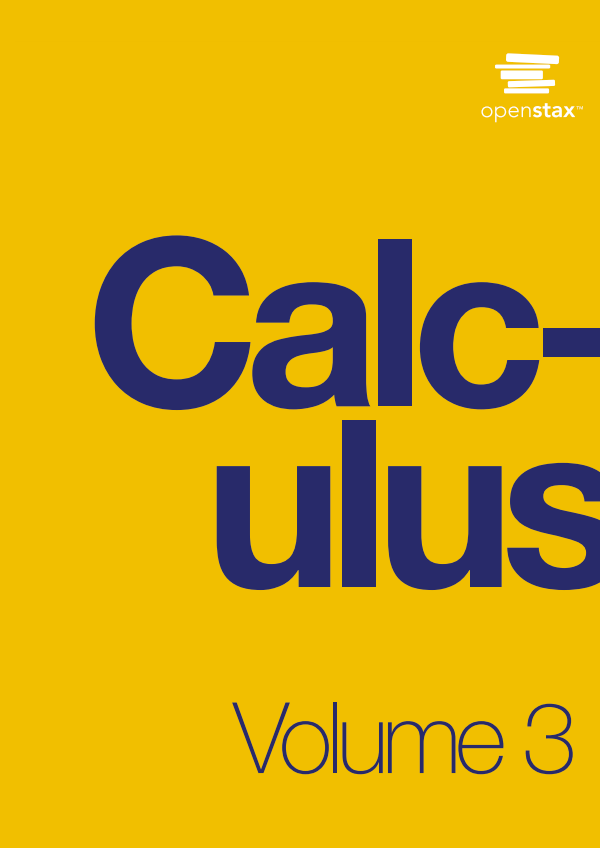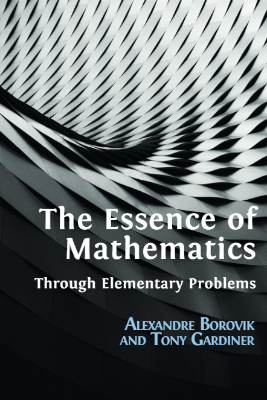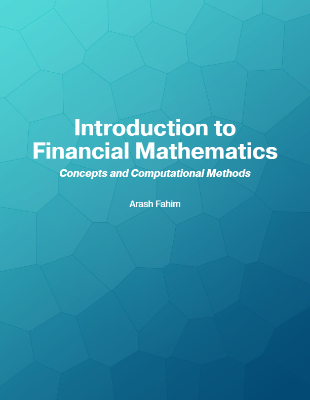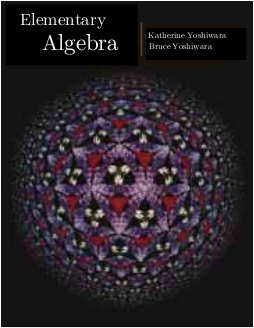This text is intended to support courses that bridge the divide between mathematics typically encountered in U.S. high school curricula and the practical problems that natural resource students might engage with in their disciplinary coursework and professional internships.
2.1 What is a problem?
Let’s establish this right away: a problem is an intellectual challenge. Solving a problem is then a process of undertaking and overcoming the challenge.
As we have indicated elsewhere, authentic problems are often poorly-structured and vague. They are not carefully-crafted to yield whole-number answers with a few minutes of symbolic manipulation, like those you typically encounter in school. Authentic problems could take hours, days, or even longer to solve, and you may not al- ways know with confidence that you have succeeded because the answers aren’t in the back of the book. Problems don’t require only the application of a recently-learned method or algorithm; indeed, you may not know at the outset which methods are appropriate for solving the problem. You may not be given all the information needed to achieve a complete solution, or information you are given may be uncertain or incomplete. In short, authentic problems are hard, and that can be frustrating.
Many mathematics teachers and scholars distinguish between problems and exercises. An exercise prompts you to practice a method that you recently learned or for which you recently studied examples. Exercises usually have answers that can be compared with an answer key. A problem is more challenging because there may be fewer cues to the appropriate solution methods and there may be no explicit relationship between these methods and the instruction received.
But wait! Don’t close your book (or laptop) and walk away just yet! Having just explained the difficulties, consider the flip side of the problem-solving coin: problems that are authentic are also inherently interesting, particularly when they address contemporary issues or puzzles in your chosen area of study. Solutions and solution methods for such problems are therefore not just an academic dead-end, but can lend themselves to practical applications in the real world. The rewards of achieving a clever and well-justified solution to a practical and interesting problem should outweigh by far the moments of uncertainty, frustration, or disappointment encountered along the way.
Most of the problems discussed in this book are designed to mimic authentic problems, and in many cases are drawn from or inspired by encounters with local researchers and practitioners. As we endeavor to address these problems, we’ll often find it helpful to explore sim- pler problems and exercises to help with sense-making. Thus, our time will be spent moving back and forth from focus problems to auxiliary problems and exercises. Read on through the end of this chapter to understand how this approach can lead to more successful problem-solving.
Problem solving cannot be reduced to a simple recipe or fast and easy method, but in the past 70 years, much has been learned about how successful construction of solutions differs from unsuccessful attempts. A key component is the use of heuristics, or habits of mind that are useful in solving problems. The modern idea of heuristics has its origin in the work of Hungarian mathematician George Pólya in the mid 20 century. Heuristics help guide us in decisions about how to approach a problem. With the help of heuristics and the benefit of experience, we may develop problem-solving strategies that lead to successful solutions. We’ll begin our study of problem-solving with a brief look at Pólya’s method and some of his heuristics and then consider how they might apply to problem-solving in the natural science and natural resource management contexts.
